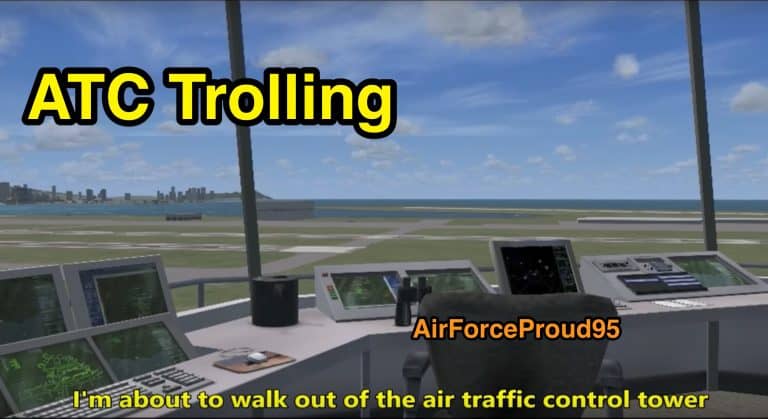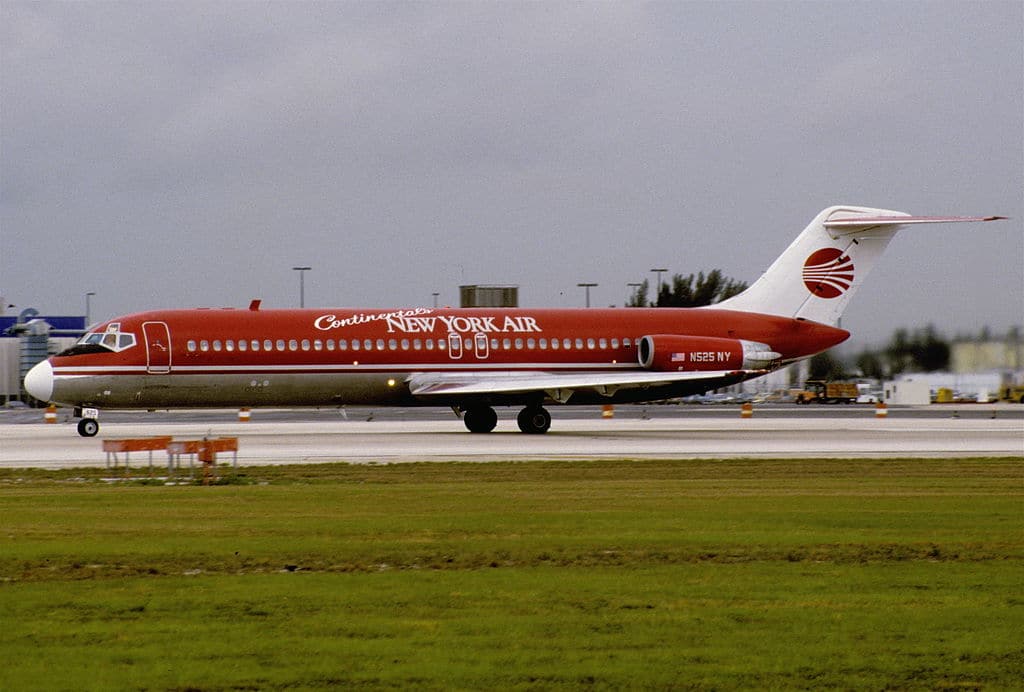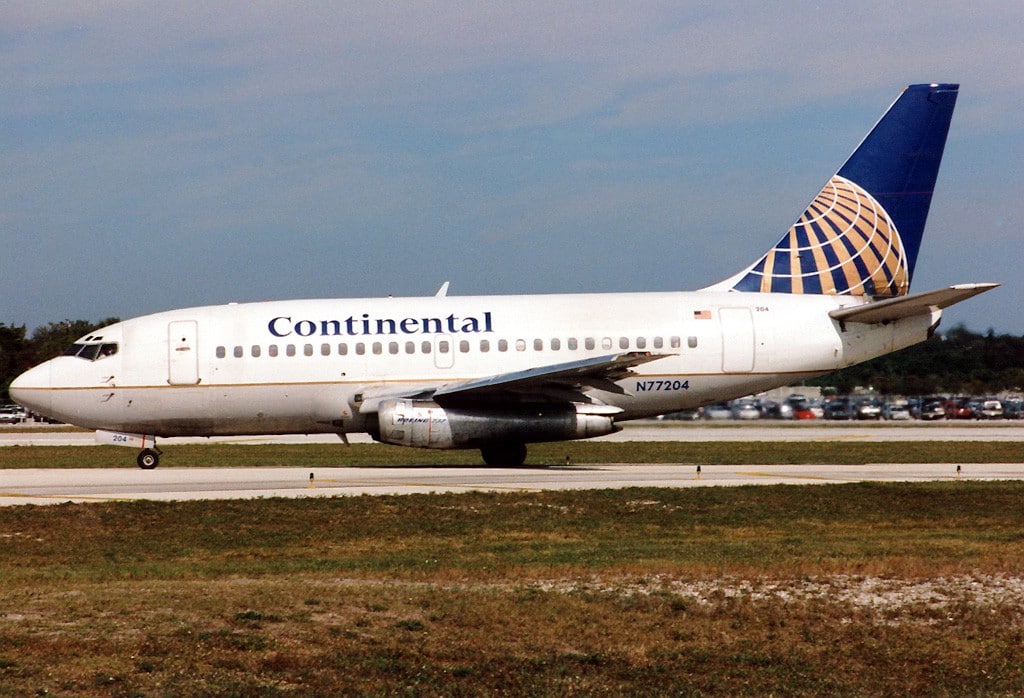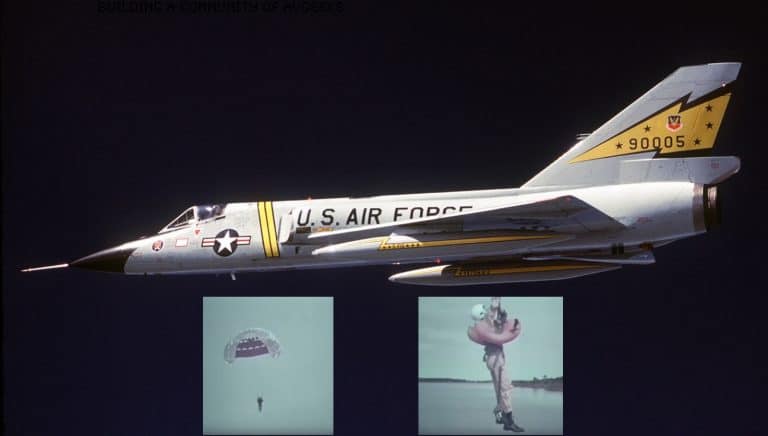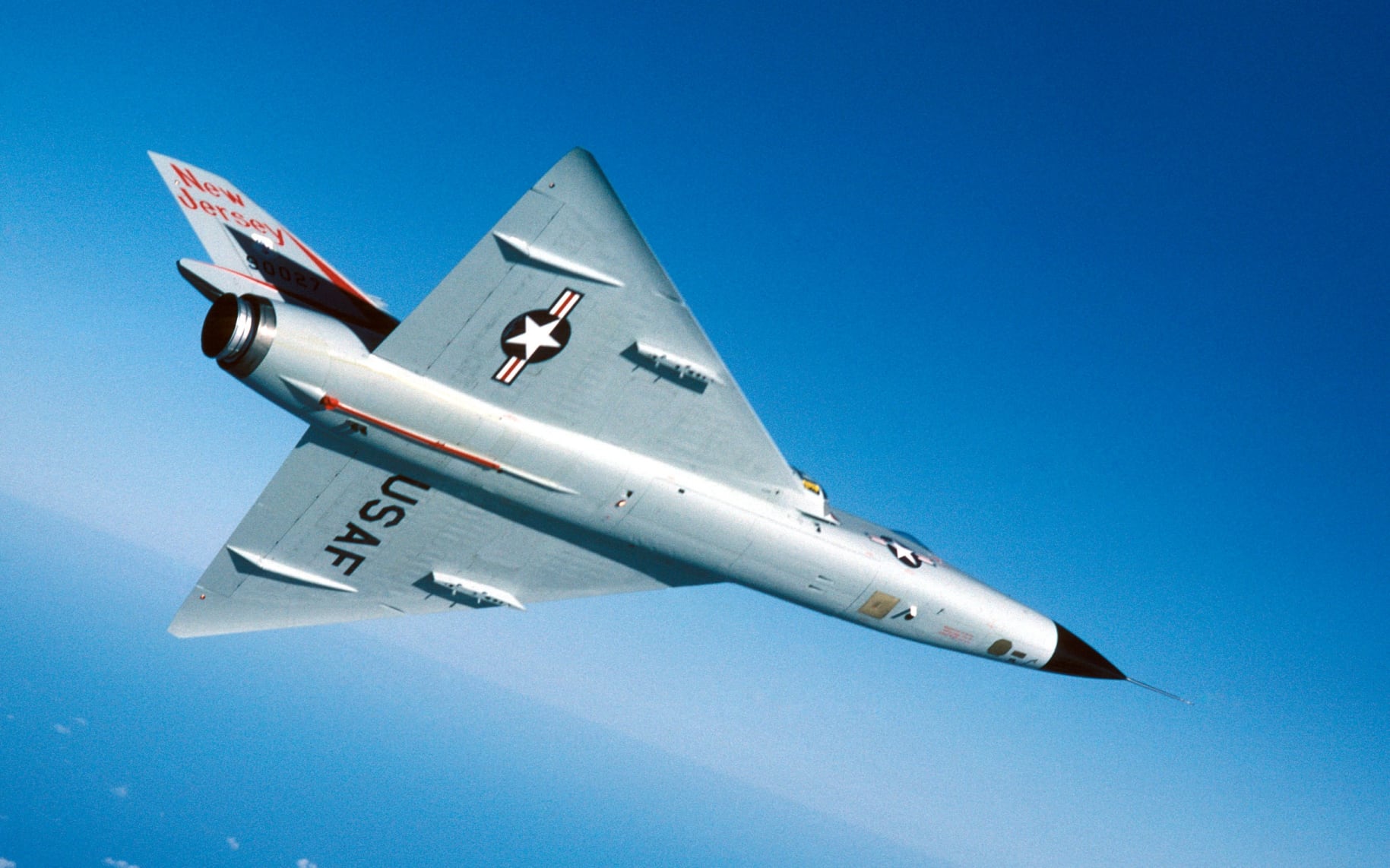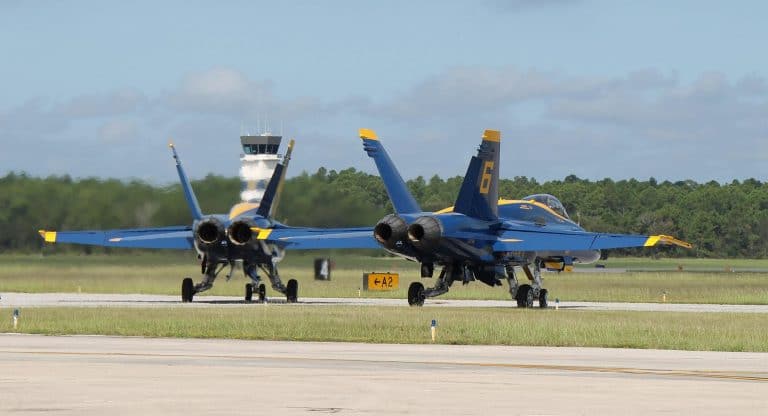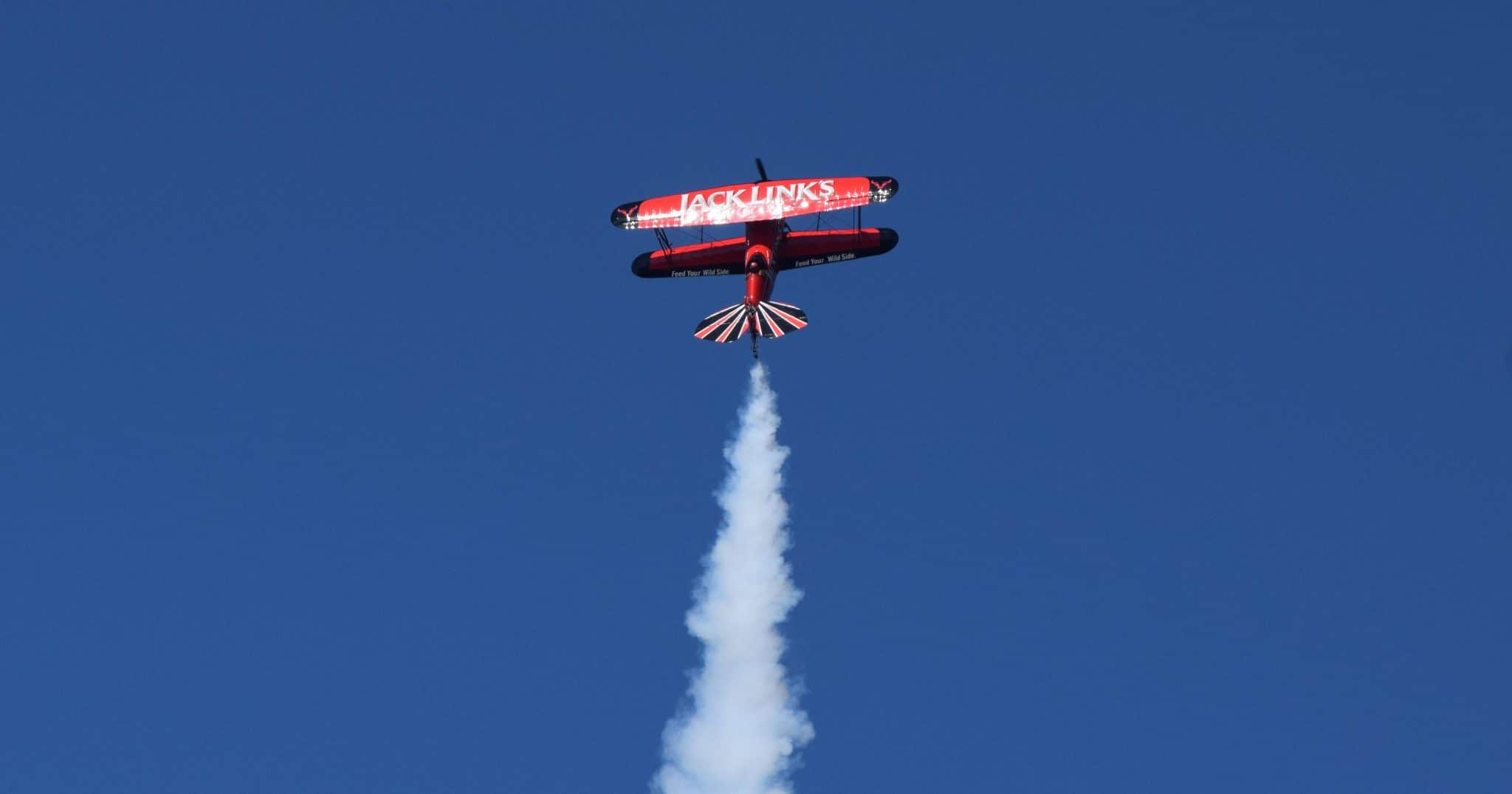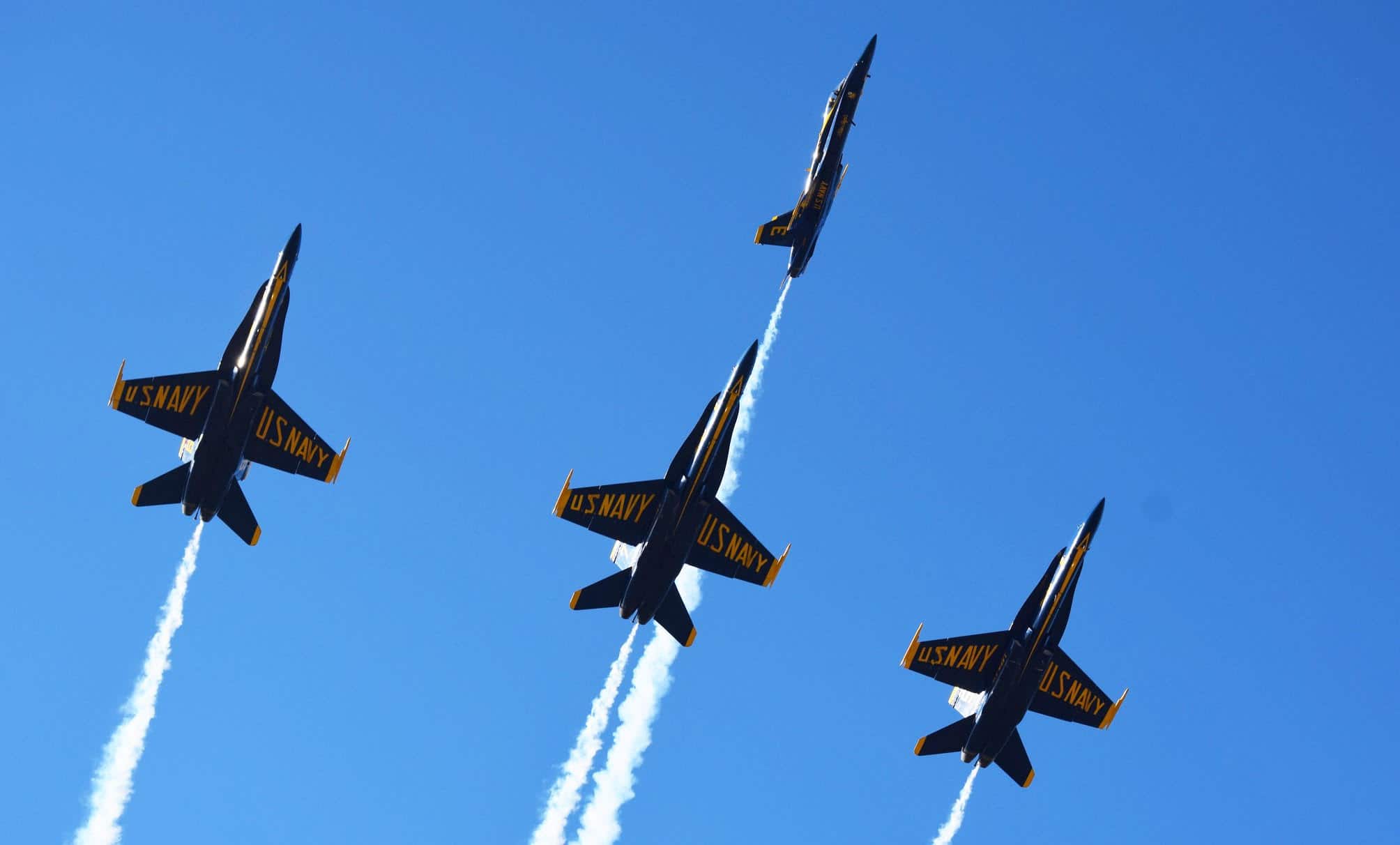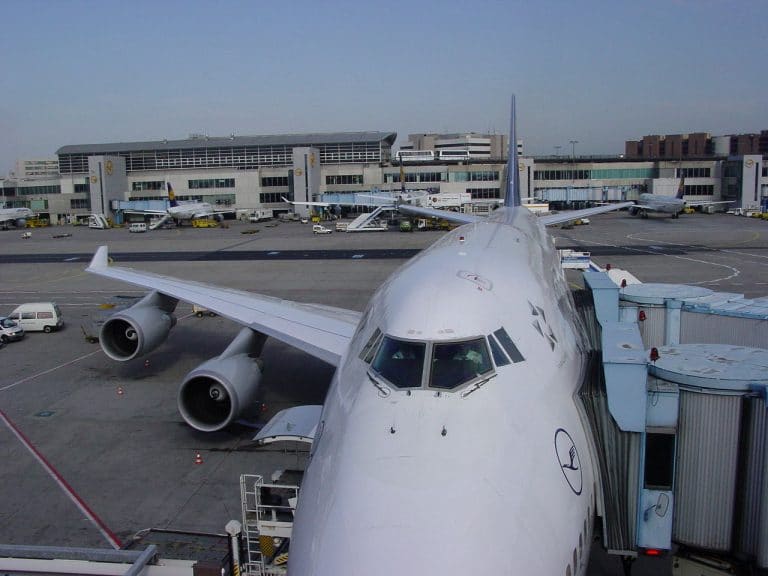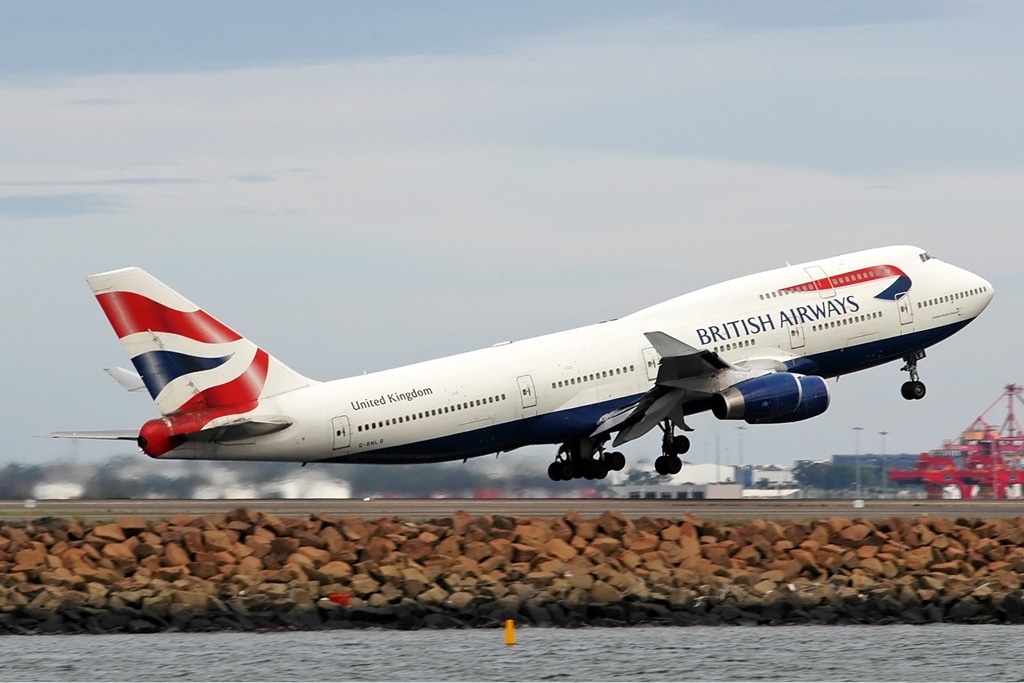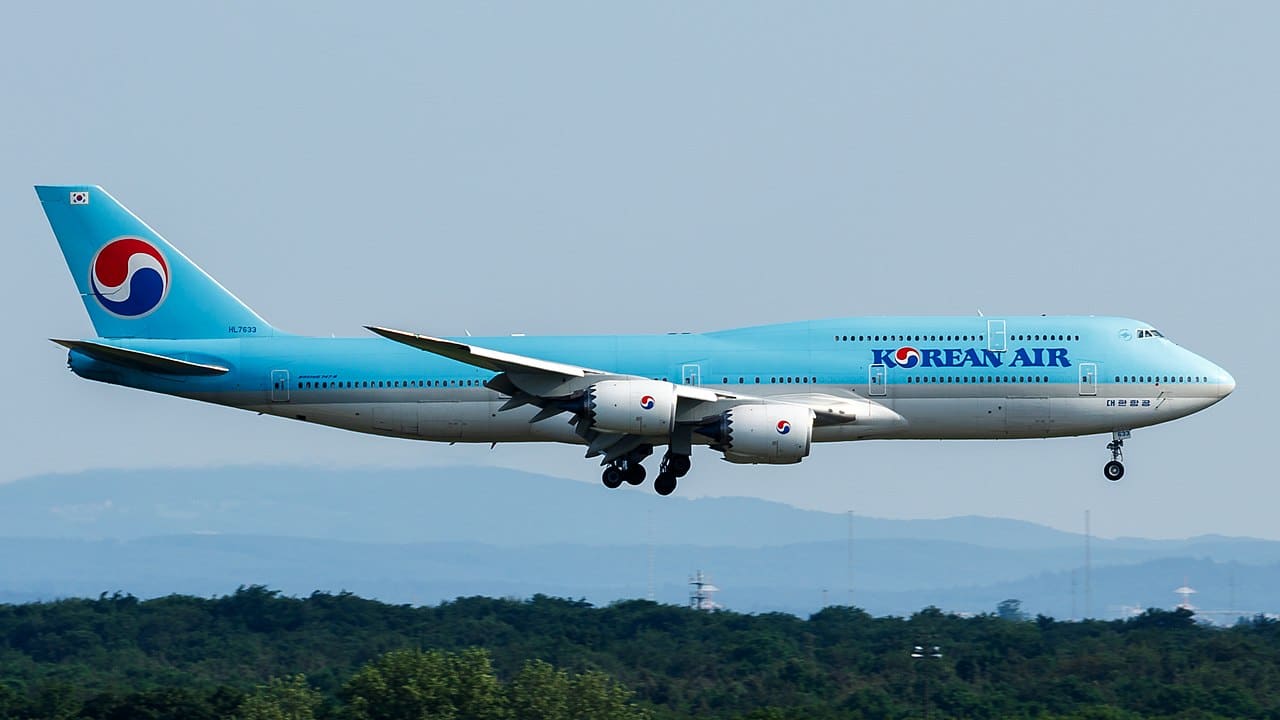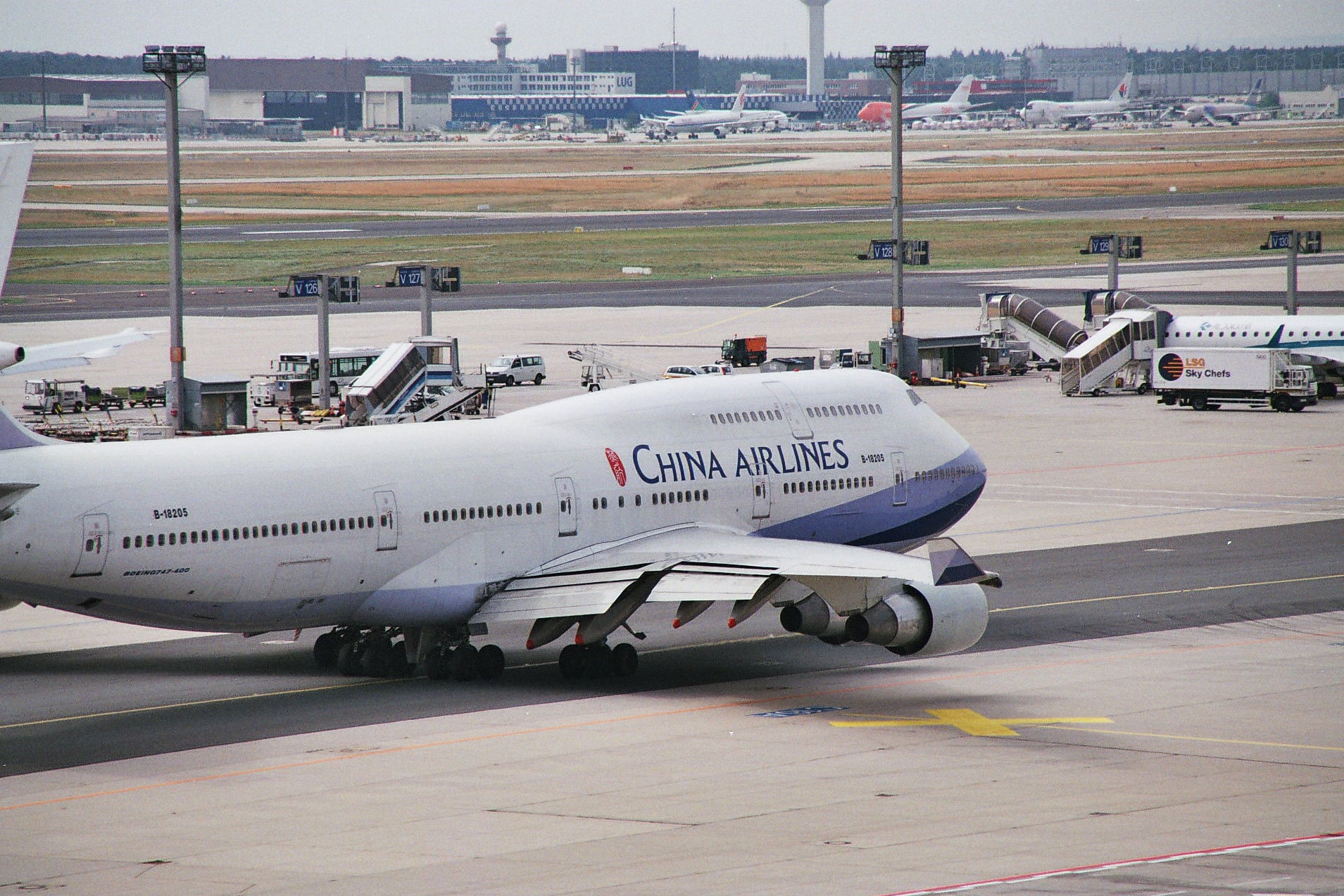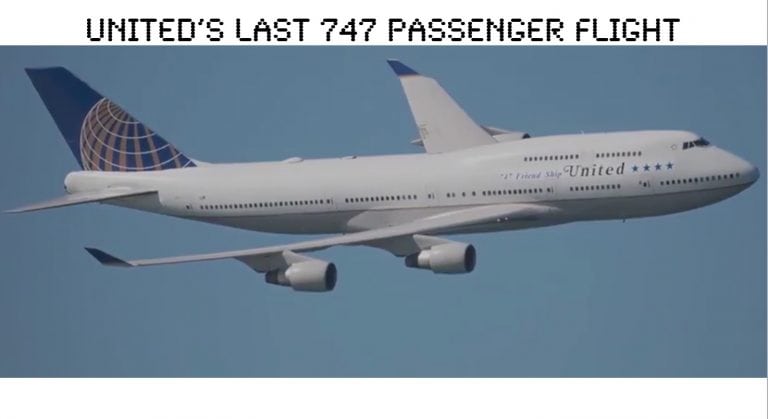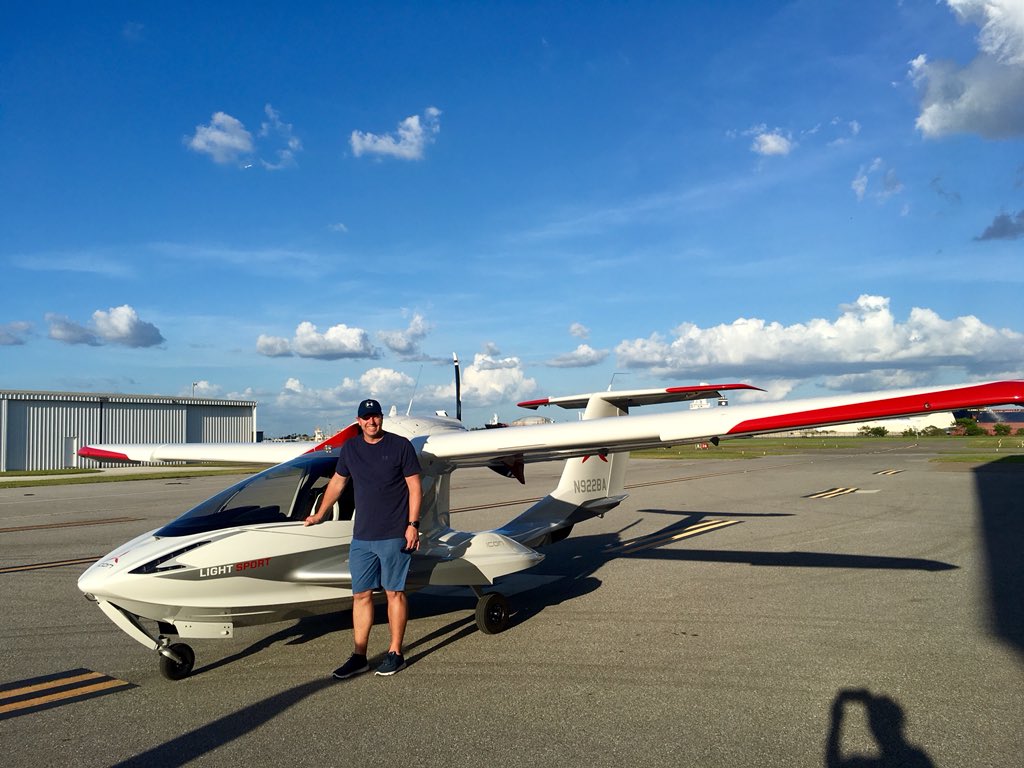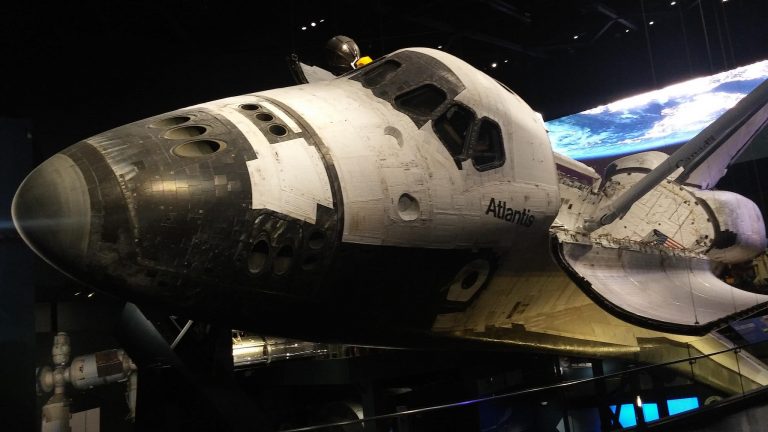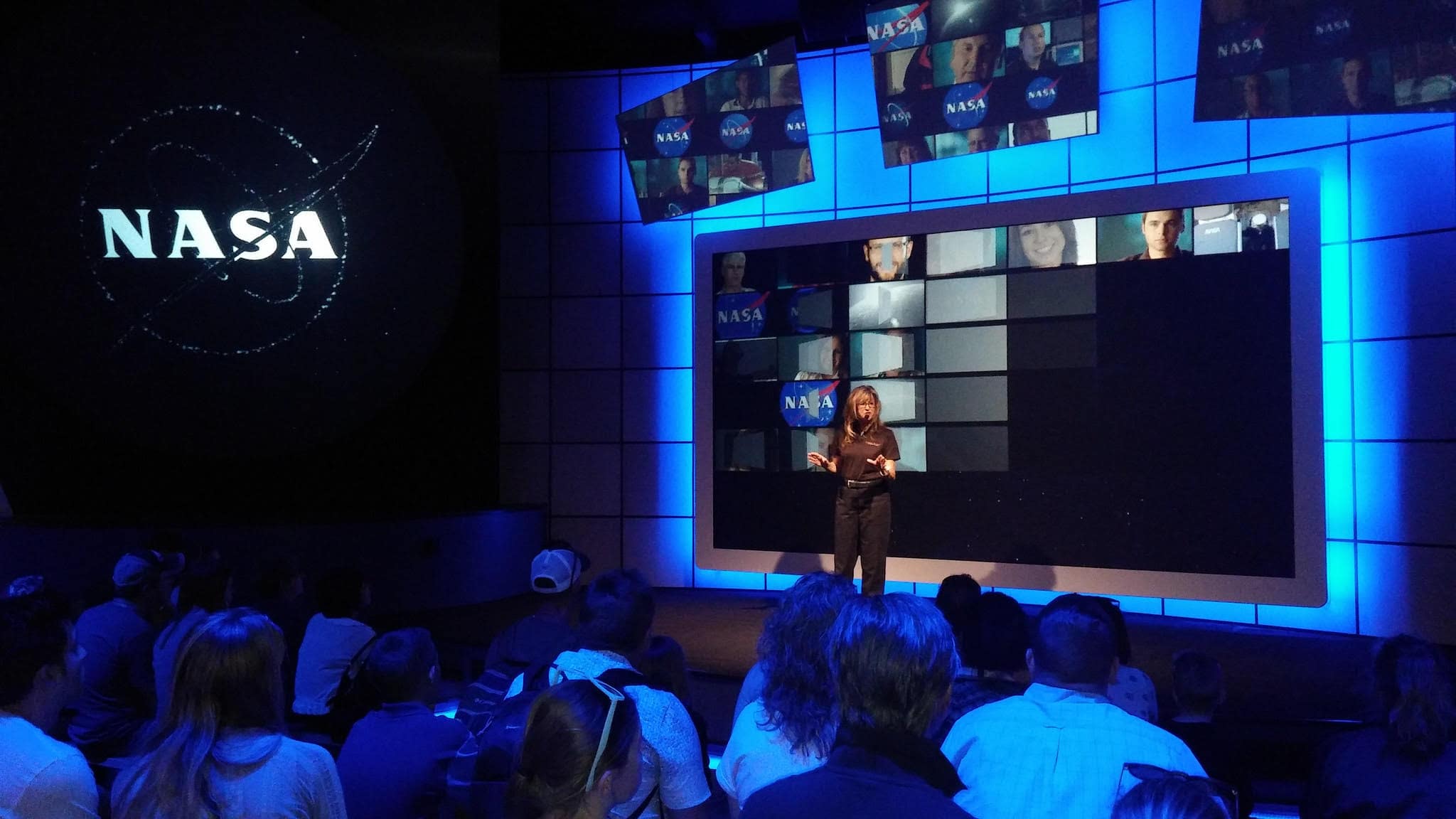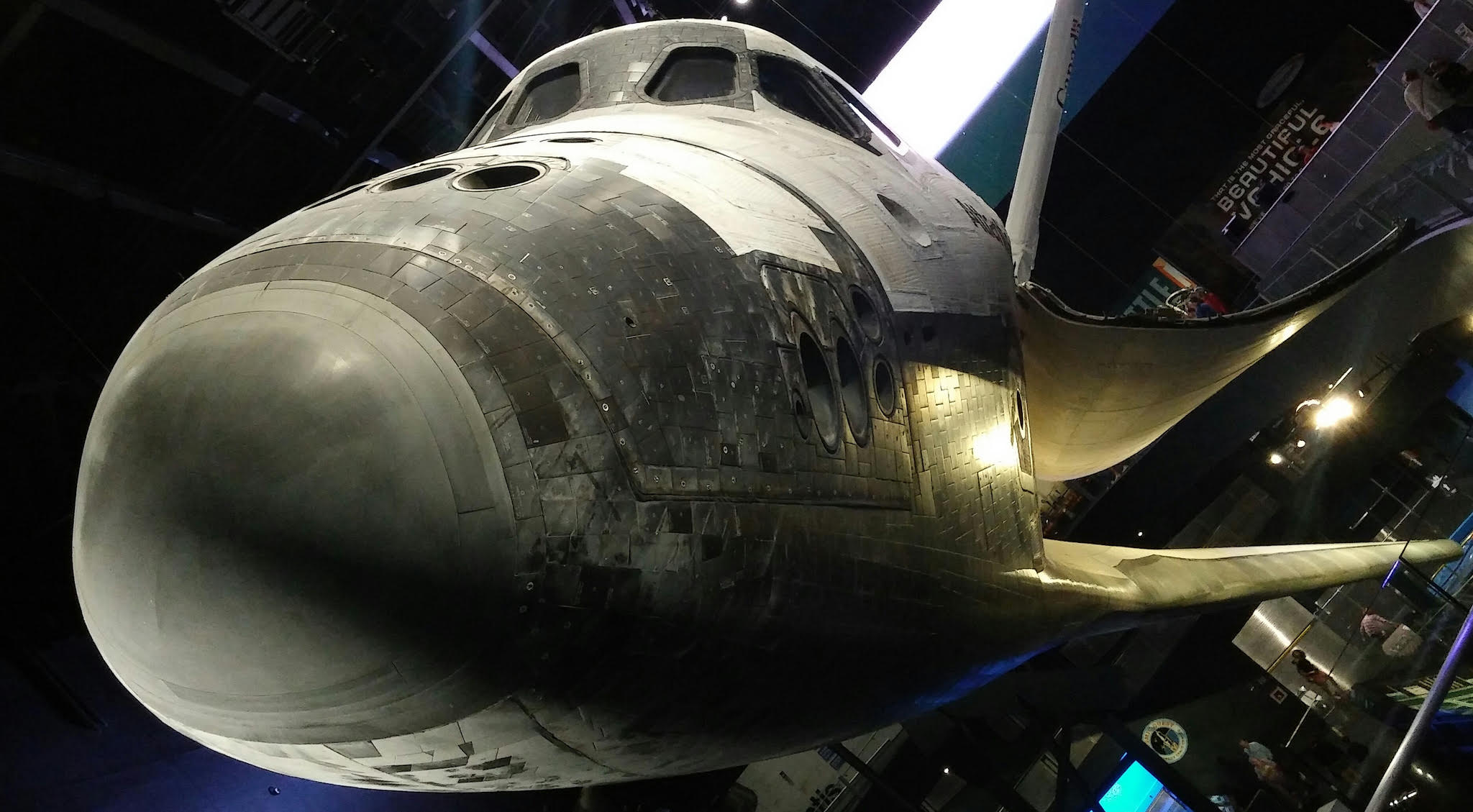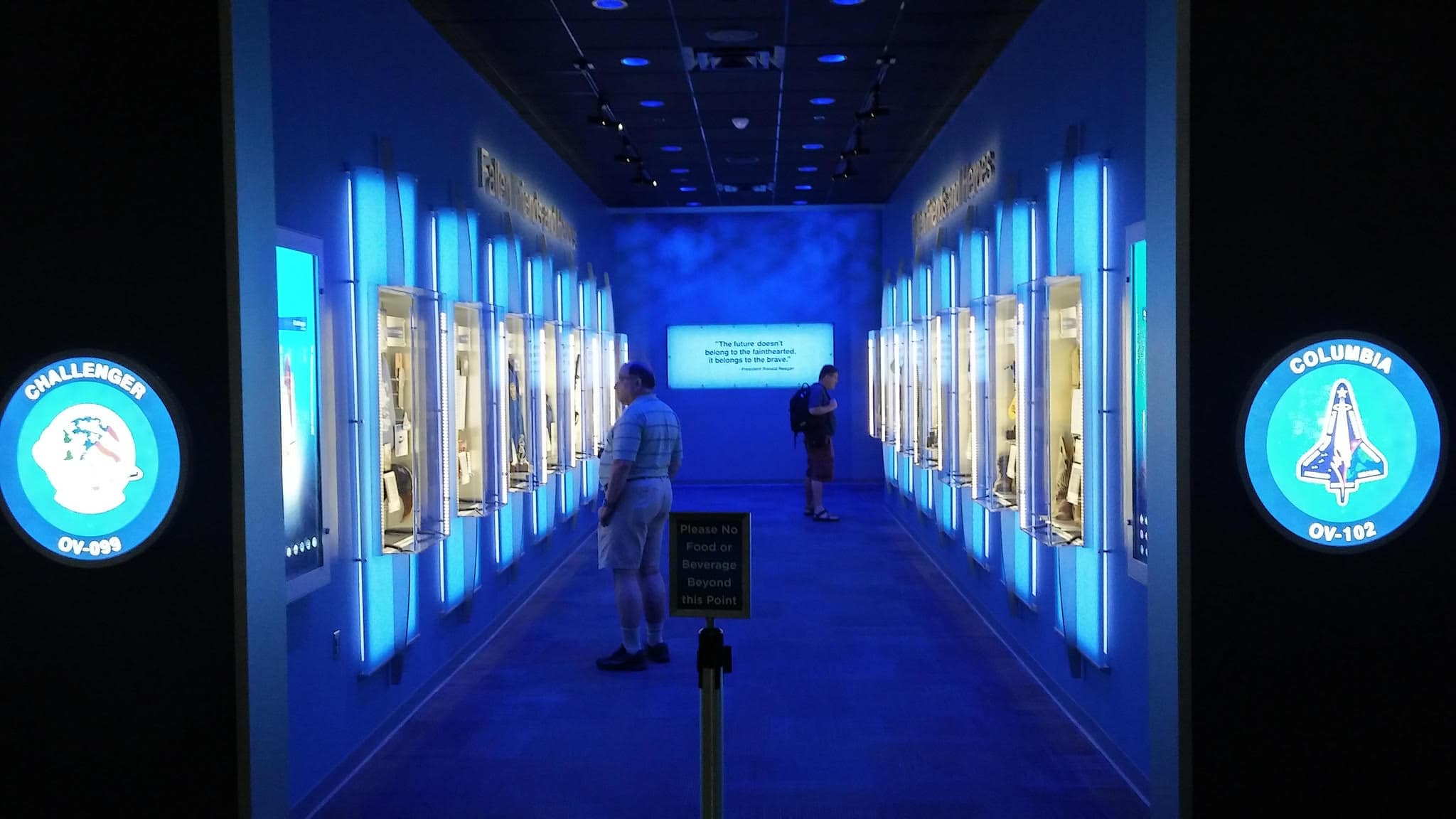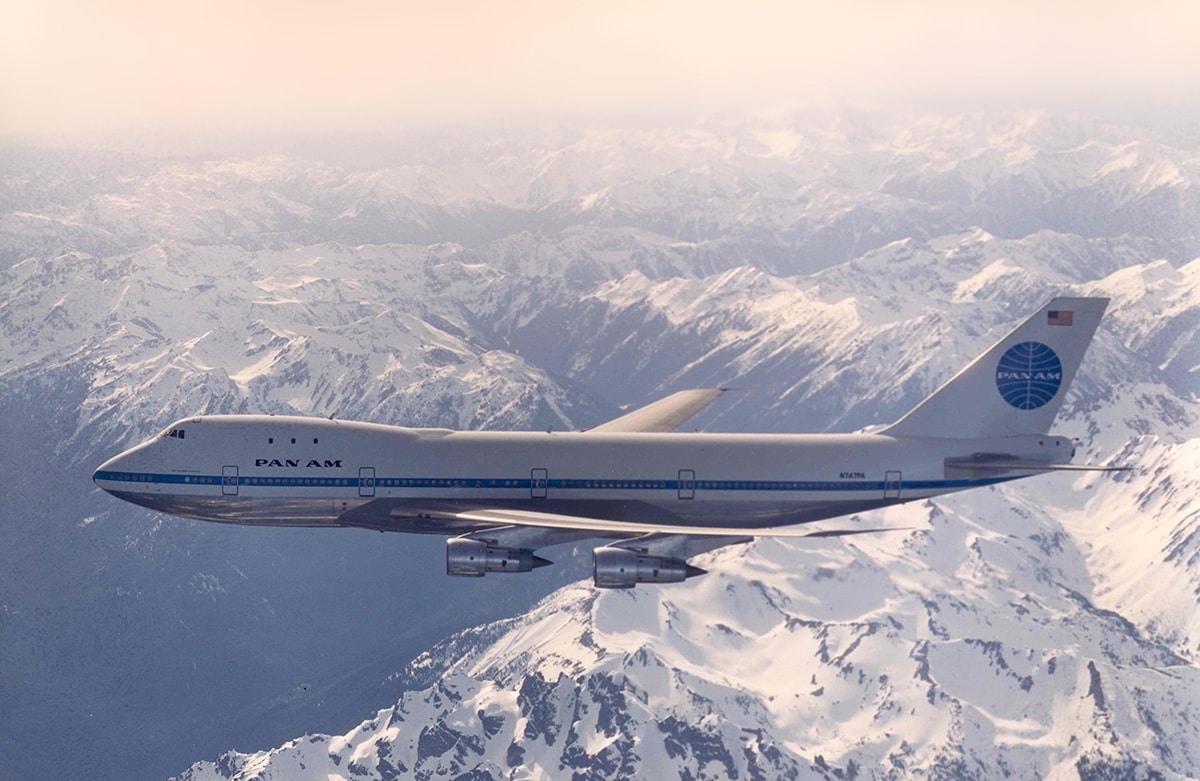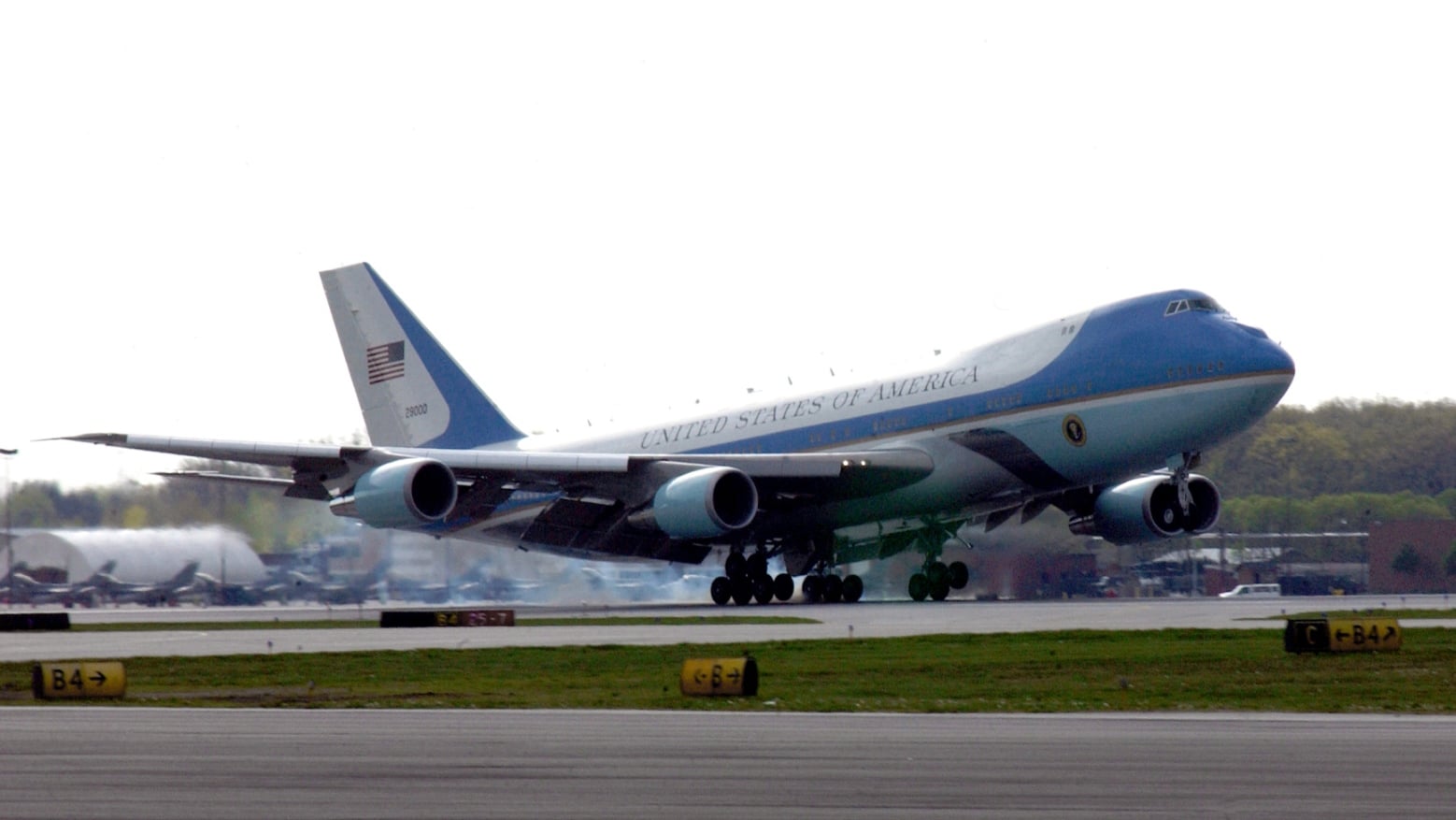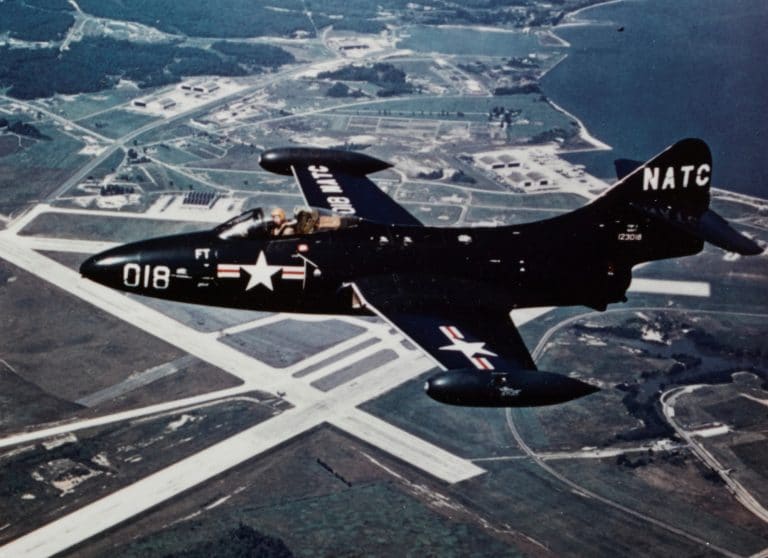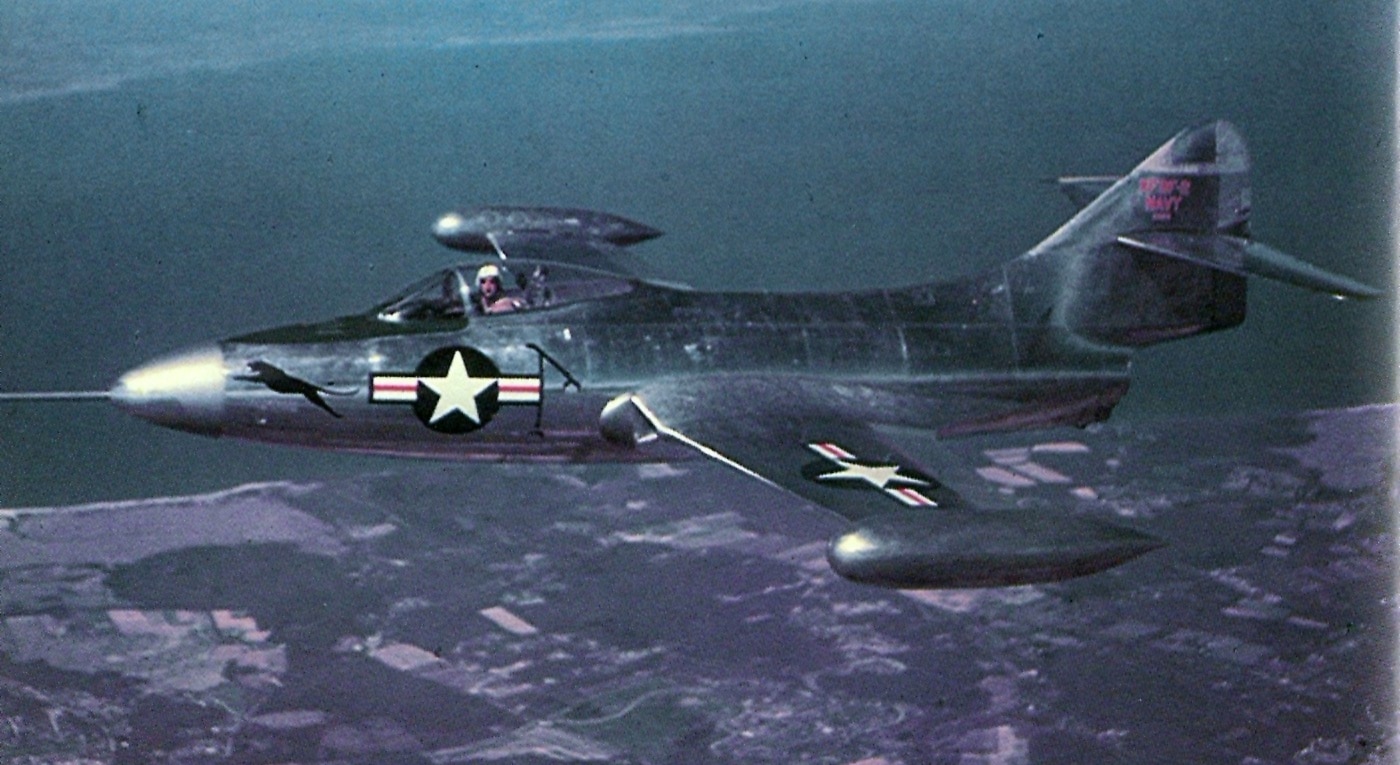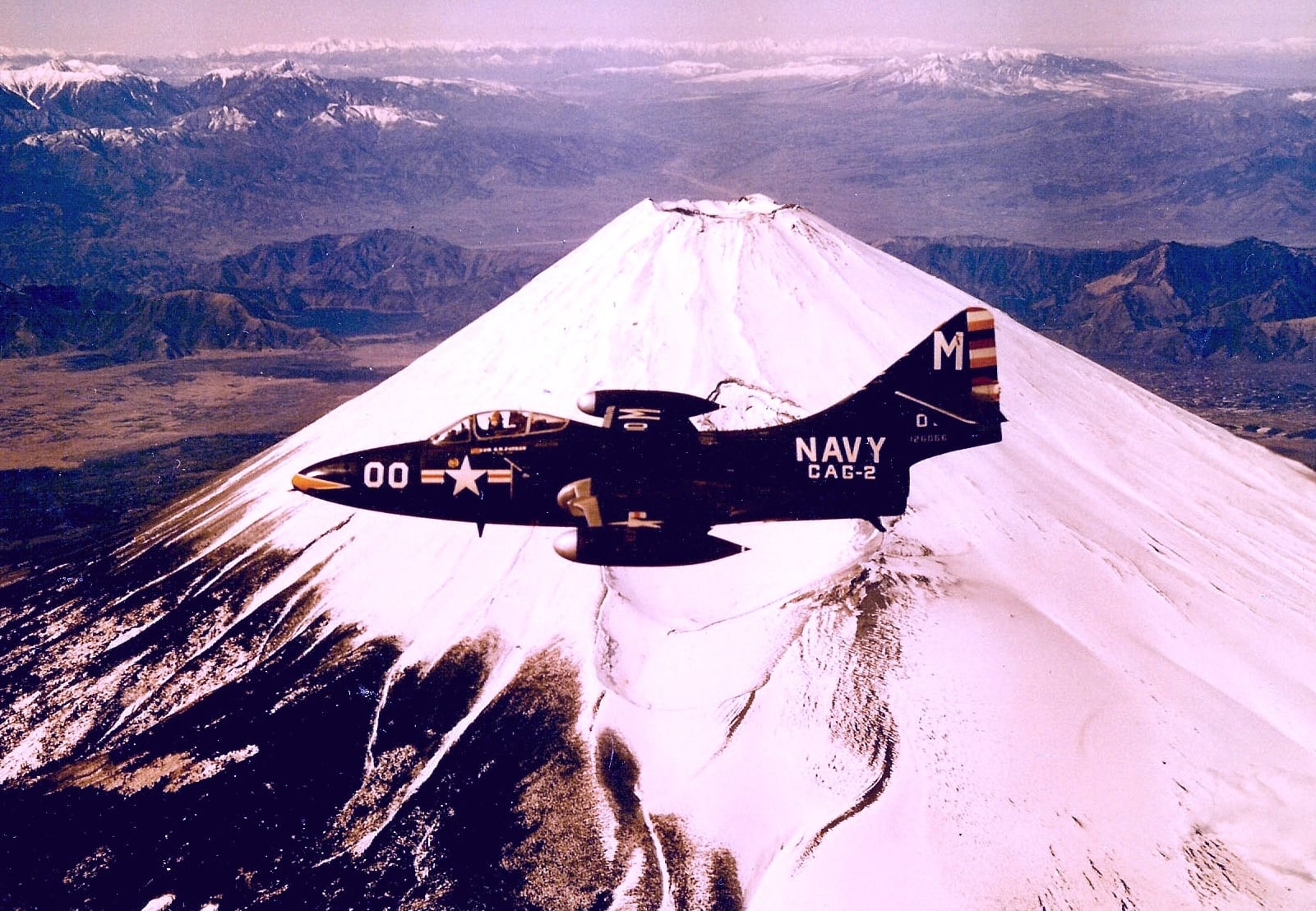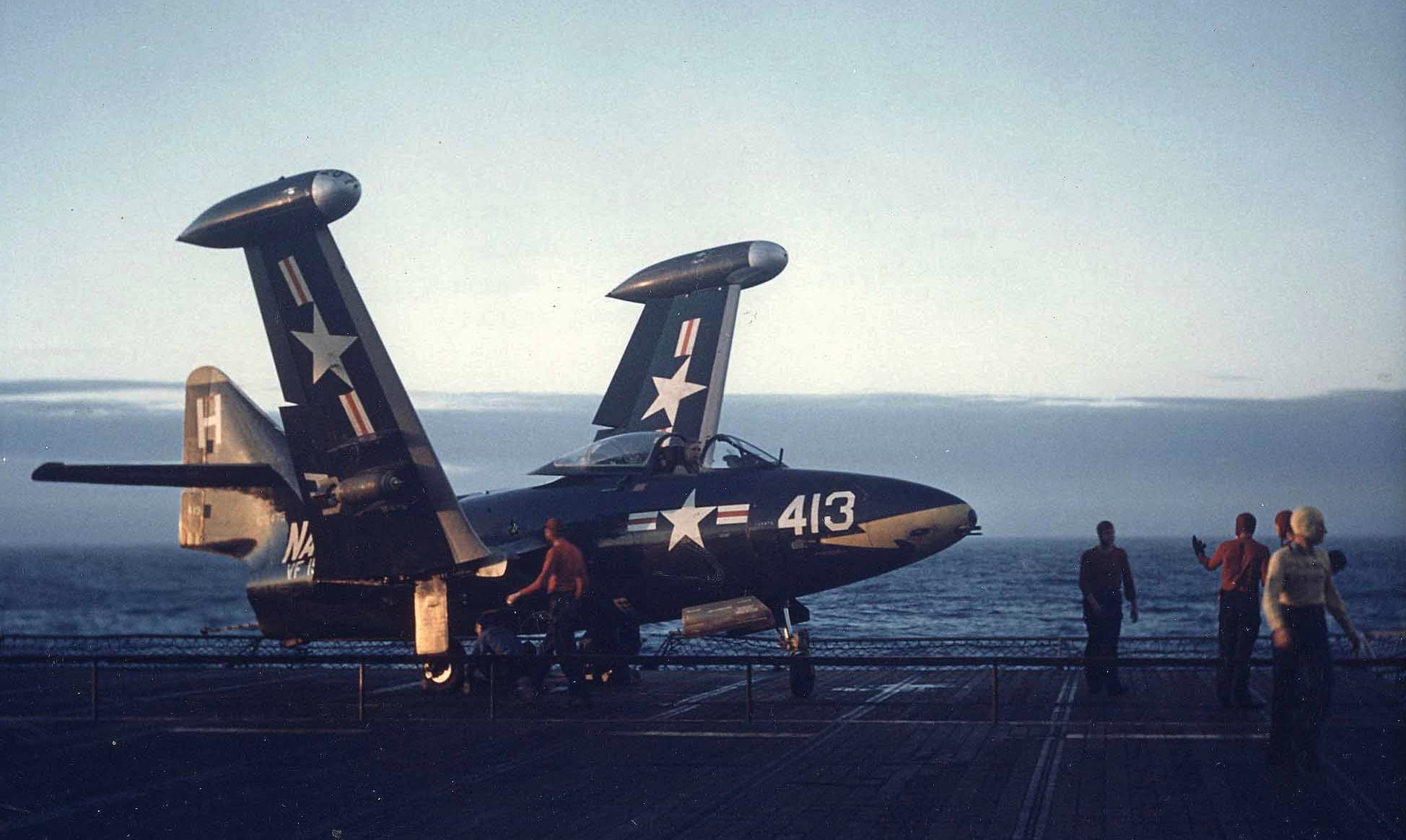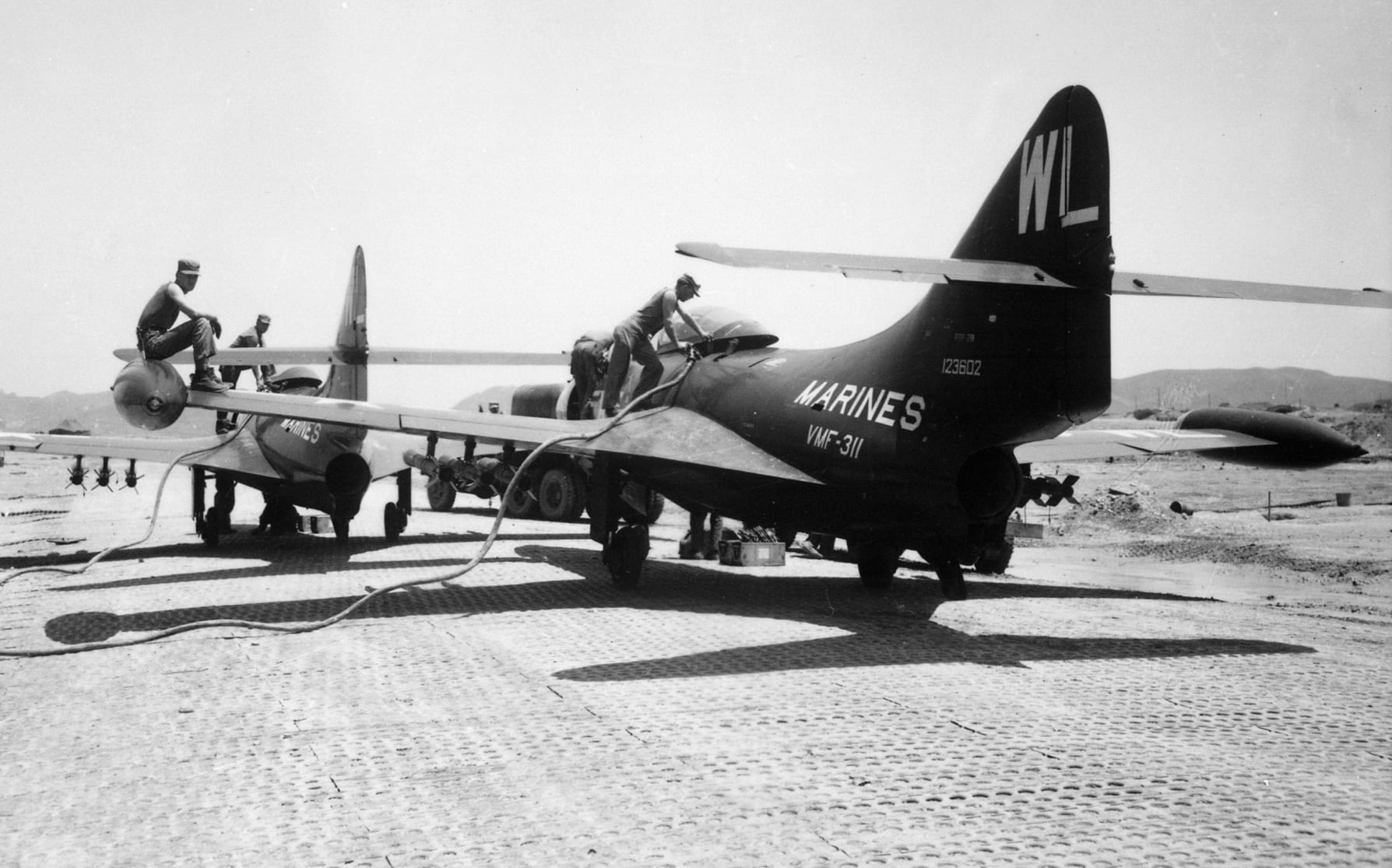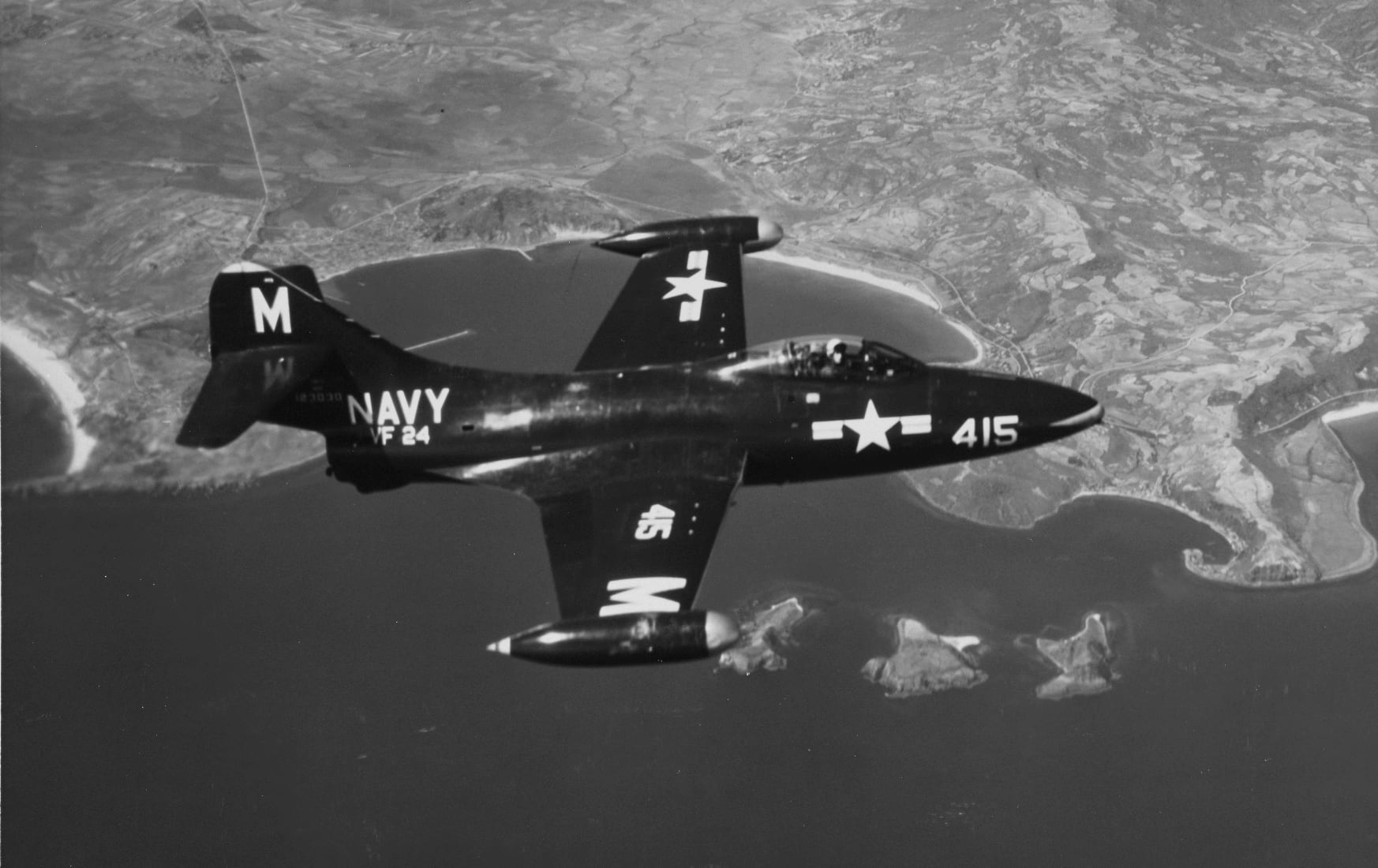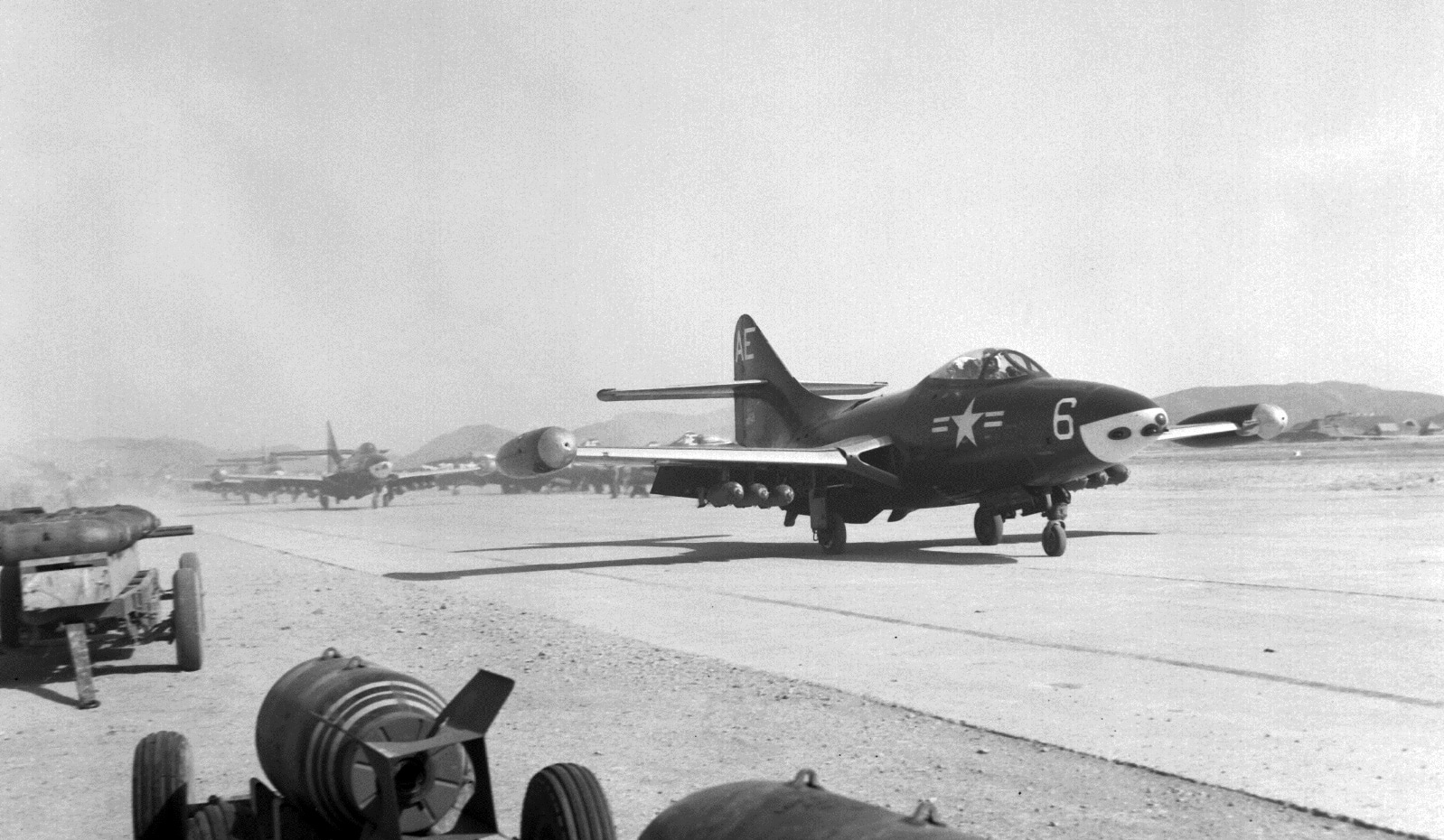Almost every avgeek younger than 40 has played Microsoft Flight Simulator (aka Flight Sim or FSX) on the PC. FlightSim started out as a solitary event. Sim pilots would take off, fly around completely empty skies, and land. As the internet evolved, connected gaming became more common. Today with Steam, there are entire virtual worlds with full-on simulated ATC, multiple sim-pilots, and thousands of possible aircraft.
With any new environment, there’s bound to be a comedian. David, also known as AirForceProud95, is just such a guy. He’s turned social flight simming into a YouTube video series that has over 66 million views. We had the opportunity to catch up with David recently to learn more about him and his schtick.
Our interview with AirForceProud95
1.) Hey David! Great to chat with you. Tell us a little about what makes you an avgeek.
I’ve been fascinated with aviation for as long as I can remember. As a kid, I always loved going to the airport to record planes taking off and landing and then posting the videos on YouTube. I got my first copy of Flight Simulator X when I was 12 years old and started uploading flight sim videos to my channel as well. My interests in flight sim actually led me into real-world flying and I’m now working towards a professional flying career.
2.) You are known for some highly-entertaining flight-sim videos on Youtube under the username AirForceProud95. How did you get started on these videos?
I’ve been making YouTube videos since 2008 but the real juicy ones didn’t come about until late 2014. I mostly recorded “realistic” flight sim videos at first but then I started recording some regular multiplayer sessions with my friends whenever ATC would come online. I focused on humor in these videos rather than realism and I noticed that they started getting a lot of attention so I ran with the concept. And here we are today.
3.) In your videos, you seem like you have some decent flying experience and you sound fairly professional. What’s your street cred?
I am a commercial pilot with a multi-engine rating with just over 200 hours currently. If my flight sim hours were worth anything I’d probably be sitting left seat in a Boeing 777 by now. I guess that’s not how the system works though.
4.) How did you get your username AirForceProud95?
It’s the result of a very complex algorithm that my 12-year old brain developed. My dad was a pilot in the Air Force, I was proud of him, and I was born in 1995. Hence… AirForceProud95.
5.) Your videos are impressively popular. They’ve even been featured on Mashable and other media outlets. Do people now recognize you when you play flight sim?
All the time. It’s cool coming across people who know me from YouTube but it also makes recording new videos more of a challenge. Genuine reactions are always the best but people usually act differently when they know they’re being recorded (it can be pretty obvious). I usually make it work by joining random servers and trying out different accents, some of which I need to work on…
6.) Do you ever feel bad after trolling some people on Flight sim?
Not really. The goal is to have other players laughing and adding to the conversation rather than just getting people triggered. I’ve found a rhythm now where I can make entertaining videos without ruining anyone else’s time by building conversations rather than just slinging insults (Results may vary when squeakers are present).
7.) What’s your favorite all-time video that you’ve made?
My original “Trolling as an Air Traffic Controller in FSX” video is probably my favorite. The dialogue between pilots and ATC in that video is priceless and there was a great sequence of events. If I had to show somebody only one of my videos to convince them to subscribe it would be that one.
8.) Do the videos make enough money from ads to be your primary job?
Yes, but I still approach it as a hobby. That’s what makes it fun. I’m still in college so I have other things to focus on but it’s been awesome watching the channel grow especially considering where it all started.
9.) What’s your favorite plane?
I’ve always loved the Lockheed L-1011 Tristar. It represents the glory days of commercial aviation and is super nostalgic whenever I see it in the old Delta Air Lines widget scheme. I’m also a big fan of the A-90 Orlyonok.

10.) Thanks for joining us! Anything else that you’d like to say to your fans reading about you on Avgeekery?
My pleasure! I think I’ve blogged enough so far but I’d like to thank anyone out there who watches my videos!

